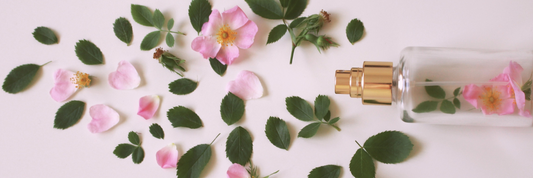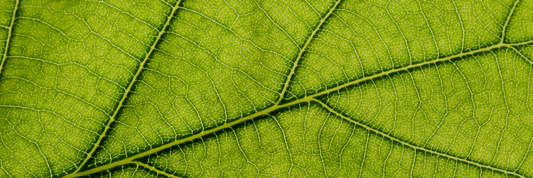
Balms: A Beginner's Guide
Want to make your own skin care products? Why not start with a balm?
Balms are one of the most useful products you can make – and one of the easiest! A balm can be made in your own kitchen using basic equipment and a few simple ingredients.
We at PureNature receive LOADS of questions and queries about making balms. So to get you on the road to your first balm, we’ve put together this super-simple beginner’s guide…

What is a Balm anyway?
Essentially, a balm is a carrier oil partially solidified through the addition of a wax. You heat the oil and wax together until the wax melts, then pour the liquid into a container and allow it to set. It really is that simple!
Balms are generally anhydrous products: that’s chemistry talk for products that do not contain water. This makes them ideal for beginners because:
1. There’s no need for a preservative as oils will not support microbial growth.
2. You’re not making an emulsion so there’s no need for emulsifiers, thickeners, stabilisers or complicated manufacturing methods.
PureNature's Tricks and Tips for making a great balm
1. Use an antioxidant: Antioxidants such as Vitamin E or Rosemary antioxidant are essential additions to any oil-containing product. Adding 0.5% of an antioxidant will slow the oxidation of your oils and help keep them fresher for longer.
2. Think about which wax: Beeswax is by far the most common natural wax used in balms, but there are others. Carnauba, Candelilla and Sunflower waxes are harder than beeswax and can be used to alter the texture accordingly. Carnauba also adds shine, which can be useful for lip balms or sticks.
3. Consider your wax content: The amount of wax you add to your oil will affect the hardness of your balm.
– For a soft, easy-to-use balm, use 12 – 17% wax
– For a harder balm or a stick, use 17 – 22% wax
Experiment with different amounts to see the difference and find the consistency you prefer.

4. Limit butters and solid fats: Whilst butters such as shea or cocoa and oils such as coconut can add valuable properties to your balms, their use should be limited to less than 10% in total. This is because they are heat sensitive. So, whilst your balm will be lovely and firm in the winter, come summer it could become very soft and runny – especially if a large amount of a low-melt-point oil (e.g., coconut) is used.
5. Pour with care: When pouring, make sure your balm is hot enough to be fully liquid and that you are pouring into a dry, sterilised container. And allow your balm to cool completely before screwing on the lid! Covering whilst hot may create condensation, which can kick off a crop of nasties!
TIP: Place a paper towel over your balms whilst they cool: this will protect them from contamination but also allow heat to escape.
Remember, the secret to mastering balms is to make lots! Keep experimenting until you get something you are happy with.
Need a hand to get started? We’ve got just the thing!
Here's our DIY Natural Balm Recipe with a How-To-Video to get you started or PureNature’s fantastic “Make Your Own Calendula Balm Kit" and "Make Your Own Kawakawa Balm Kit" contains everything you need to make two jars of healing balm. It’s the perfect way to break into balm-making and will no doubt give you the confidence to make your own recipe in the future. Give it a go!
Copyright, PureNature. This information is intended for personal use of PureNature customers and may not be reproduced, shared or used for commercial purposes without written consent.




















